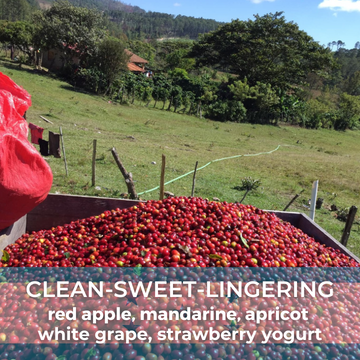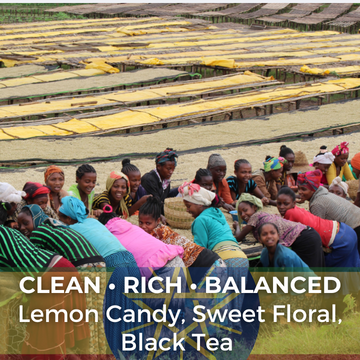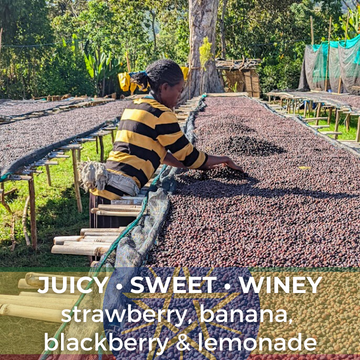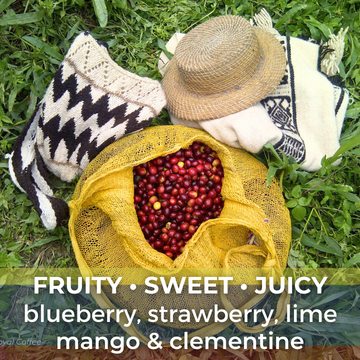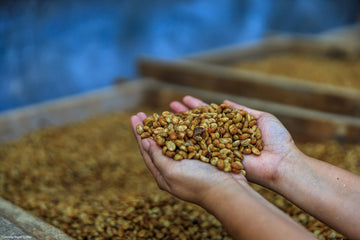Home Coffee Roasting Basics
Home Coffee Roasting Equipment
There isn't a lot to say about green coffee bean roasting equipment, because you don't need much. You can get pretty much everything you need from our online green coffee store. You'll need a home coffee roasting device, a metal colander, a wooden spoon, and maybe a pot holder or oven mitt, perhaps a large bowl to catch chaff from an air popper, and that's about it. You can get more scientific if you want, and include a 550 degree thermometer, but it isn't necessary.
Before You Begin
There are several ways to roast green coffee beans at home. You can be a real "cowboy" and use a skillet. An oven, or a stove top popcorn popper will also do the job. These methods are pretty labor intensive, and with the skillet and oven, there is a tendency to scorch the beans. Like popcorn, coffee has to be agitated during the roast. If it spends too long touching a hot surface it will burn, just like popcorn. We recommend a popcorn air popper, or a dedicated coffee roaster like the Fresh Roast SR540, Fresh Roast SR800, or Gene Cafe. The coffee we sell in our green coffee shop is the equivalent of fine wine, and as such it deserves to be roasted with care and attention in order to bring out the best in it.
The Process
They say, “Never say never,” but NEVER NEVER NEVER leave any home coffee roasting device unattended, ever. Not for any length of time. Although it is extremely rare, there have been cases of fires starting during home roasting. The device and the beans get very hot, so please use caution and common sense. This is not the time to multi-task. The roasting process doesn't take long, between 5 and 20 minutes depending on your roaster and batch size, so take time to smell the beans.
- Unroasted green coffee beans make a cracking sound as they roast. It's ok. It's normal and desirable. These cracks are discussed in more detail on the "Coffee Terms" page and provide clues to tell you when your coffee is "done".
- Roasting raw coffee produces a variety of aromas as the beans go through various stages of roasting. At first they give off a grassy smell, gradually becoming more of a wood smoke type aroma. The beans really don't smell like traditional "coffee" until they are ground for brewing.
- As the roasting process proceeds, the sugars in the coffee beans began to caramelize, and smoke is produced. It's negligible in the lighter roasts, increasing in intensity as you approach the French roast or espresso roast stage. Roasting near an open window, or under a range vent will handle the smoke, or you might want to roast out on the balcony or porch. The important part is just to be aware of it, and then determine your best method for dealing with it.
- As the beans are agitated, the outer silverskin flakes off, forming chaff. Regular coffee produces more chaff than decaf. All the roasters we sell have a built-in chaff collector. If you're using a popcorn air popper just place a large bowl where you'd normally catch the popcorn, and most of the chaff will fall there. If you forget, you'll get to do some cleaning. Maybe we should sell special "chaff" brooms…
- What ever method you use, the final few moments of roasting are critical, if you want to get that perfect, consistent roast. Remember, the roasting process is not linear. It rapidly accelerates in the final few moments. So have everything you'll need in place and handy. Again, never leave any roasting device unattended.
Like all foods, the beans continue to cook for a few moments after being removed from the heat source. If you are using a popcorn popper to roast your coffee beans, take them out of your popper just a little before they achieve the degree of roast you want. If you are using a home coffee roaster with a "cooling cycle", initiate that cooling cycle just before the beans are as dark as you want and let them "coast" to the desired roast. Dumping them in a metal colander and stirring with a wooden spoon will hasten the cooling.
How To Store Roasted Coffee Beans
Ok. Now, here's the hard part. After you roast your coffee, place it in an air tight container (we use old fashioned canning jars-the kind with the latch and the rubber seal) and place it out of direct light.
If you'll wait 4 to 48 hours before grinding and brewing, the flavor will stabilize and intensify. Some coffees are better with a longer rest. It varies. Experiment. As great as coffee is right out of the roaster, it will be better if you wait. This isn't to say you can't grind and brew it immediately after roasting—we do it all the time. But, good things come to he who waits… Coffee off-gases (mostly CO2) for quite a while after roasting.
Resting your coffee allows the beans to mature, giving a much deeper and bolder taste than coffee used immediately after roasting.
Your coffee beans can be considered fresh roasted up to 7 days after roasting if stored in a dark air tight container. Oxygen is your fresh roasted coffee's worst enemy, so resist the impulse to keep opening the container to get a whiff of that great fresh roasted aroma—you're killing your coffee!
We do not recommend putting the coffee in the refrigerator or freezer.
It really doesn't help keep it fresh, and may dry it out. Coffee also absorbs aromas from other things in your fridge and will even take on tastes from other food in your fridge.
Take Care of Your Roaster!
Your roaster, what ever it is, will need periodic cleaning to remove the coffee oils which can contribute to more smoke than necessary and over time could alter the taste of the coffee. If you're using a popcorn air popper, you can still use it for popcorn if you'll just clean out the oils.
Brewing Your Coffee
Ready to brew? Check out our recommended coffee brewing process (including grinding, coffee brewer recommendations and more) at the How To Brew Coffee page!
Final Thoughts
Home coffee roasting, as in anything worth doing, is a learning process. There are several ways to achieve the end product, and perhaps none of them are really purely right or wrong, with the exception of purchasing quality beans, and using freshly roasted coffee when brewing. We provide a recommended roast profile for each of the coffees we sell, but that is simply the way we found we like it using our particular brewing method. You may well find you prefer it lighter or darker. And that's the beauty of being your own roastmaster! Find your own way. Experiment, learn, keep notes, and remember that your next cup has the potential to be better than your last!
Ready for more? Check out the Home Coffee Roasting Tutorial Part 2
If you have any questions or comments, drop us a note at the Contact Us page, or give us a call at 1-877-505-4083. We sincerely want you to enjoy home coffee roasting.
